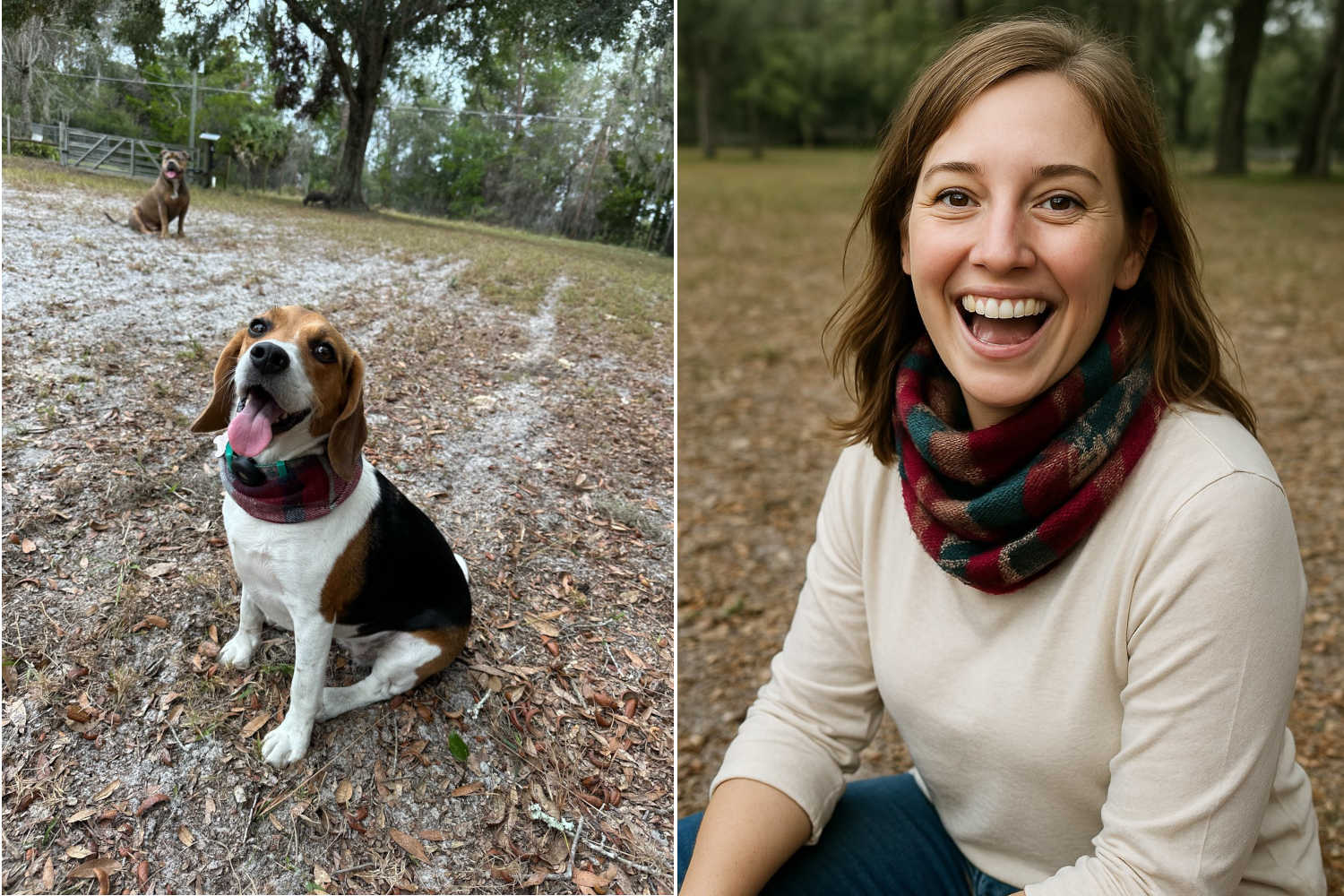After Studio Ghibli style and action figures, the new viral trend is transforming images of your pets into humans thanks to ChatGPT

@katiebrownhome/X
A poodle turned into an opera ballerina, a grumpy cat as a snobbish film critic, or a parrot reimagined as a nightclub DJ — it sounds like sci-fi, but it’s actually the latest viral trend powered by GPT-4o’s image generation feature on ChatGPT. Pet owners are using AI to create hyper-realistic, human-like portraits of their animals, blending tech with emotion in a way that’s both funny and strangely touching.
ChatGPT, reimagine my pets as humans 🐾🫶🏼
Is it just me or does my pack look like a team of assassins? 🤣#chatgptprompts pic.twitter.com/LEw2uKJ1rh
— Carrie Soave (@CarrieSoave) April 9, 2025
How would my pet look as a person?
It all starts with a simple prompt: upload a photo of your pet and ask ChatGPT, “How would they look if they were human?” The AI analyzes both the animal’s appearance and personality, then delivers a full description of their imagined human alter ego — style, age, clothing, and attitude included. With the image generation feature, users can go one step further and get lifelike portraits resembling indie film characters or scenes from a graphic novel.
Social accounts like @chatgptricks on Instagram share practical tips to improve results, such as telling the AI to remove animal-specific features (ears, tail, fur), but to keep the emotional aura and essence of the pet intact.
ChatGPT can generate a realistic image of what it thinks your pet would look like if it were a person and I’m dyin’. Upload a photo of your pet and copy-paste the prompt in the next post. Here are mine! Apollo (staffy) and Bagel (beagle): pic.twitter.com/K4De1k7n6s
— Katie Brown | Cozy DIY Projects (@katiebrownhome) April 10, 2025
Don’t turn them into like-bait images
This trend isn’t just a quirky pastime — it reveals something deeper about our emotional bond with animals. By giving our pets human faces, we’re projecting our own emotions onto them — a process known as anthropomorphism. It’s a way of saying: “I see myself in you.”
You can ask ChatGPT what your dog would like as a person. Started with foster pup Ranger pic.twitter.com/8OK2ECxA3c
— 🏄🏻♂️ on a rocket (@GrimAvenue) April 9, 2025
Of course, the trend is booming, and it’s likely to stick around for a while. But just like past fads — such as the Studio Ghibli-style pet portraits — this one isn’t without controversy. Artists and critics have pushed back on AI-generated art. One of the most vocal opponents? Hayao Miyazaki, the legendary animator, who already in 2016 called these experiments “an insult to life.”
the danger behind the digital fun
There’s also a darker side to the trend. As entertaining as it might be, it risks turning our pets into props, characters in stories that have more to do with us than them. Their quirks become narrative tools, molded to boost social media clout. What starts as a creative celebration can quickly slide into a form of digital egotism, where pets become nothing more than extensions of our online personas.
